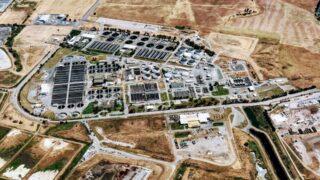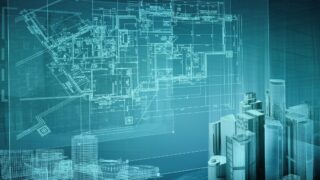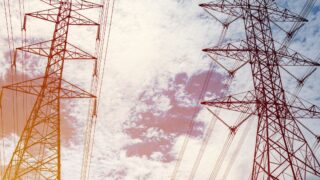The Future of Wastewater Treatment Series: Washington, D.C.
This article is part of our feature on the future of wastewater in the U.S.’s fastest growing metro areas. We’re using the Transcend Design Generator to automatically build, expand, or upgrade regional wastewater treatment systems in each of these regions.
As we continue our series on automatically designing wastewater plants in rapidly growing US cities, we turn our attention to the nation’s capital, Washington, D.C., and its neighboring counties in Maryland and Virginia. Over the past decade, the District of Columbia and its surrounding areas have experienced significant population growth, with six counties listed in the TOP100 growing population by county from 2010 to 2020:
· #46 Loudoun County (Virginia): 107,119 population increase
· #50 Prince George’s County (Maryland): 99,182 population increase
· #58 Montgomery County (Maryland): 85,641 population increase
· #60 District of Columbia (DC): 84,867 population increase
· #72 Prince William County (Virginia): 76,569 population increase
· #100 Fairfax County (Virginia): 62,317 population increase
Note:
The fact that the Washington, D.C., metro area encompasses six counties involved in the TOP100 growing population list is indeed noteworthy, yet none of these counties rank near the top of the list. The highest-ranking county, Loudoun County, only reaches #46, which highlights the unique situation of the region, where population growth is distributed across multiple counties rather than being concentrated in a single county.
Determining the optimal wastewater infrastructure for the Washington, D.C., metropolitan area is particularly challenging due to the region’s unique geography, including rivers that separate various parts of the area, and the involvement of multiple states. Historically, cross-state collaboration in wastewater management projects has been difficult to achieve, adding another layer of complexity to the process of designing and implementing effective wastewater treatment solutions for the region.
Based on the resources we found on the corresponding counties, their current total wastewater treatment capacity is around 350 MGD. It is important to note that the majority of this capacity, 300 MGD, comes from a single wastewater treatment plant, Blue Plains. This further complicates the task of deciding how best to distribute the additional capacity needed across the various counties in the Washington, D.C., metropolitan area. 350 MGD is slightly more than what they currently need using the classic 70 gallons per person per day estimation. This means that a 35 MGD increase would be sufficient for all these counties; however, the real challenge lies in determining the most practical and effective way to implement this increase in capacity, given the unique geographic, political, and collaborative factors that influence the region’s wastewater infrastructure planning and development.
Given the successful collaboration demonstrated in the development and operation of the Blue Plains wastewater treatment plant, we propose constructing a new 35 MGD plant on the other side of the Potomac River to accommodate the growing needs of the Washington, D.C., metropolitan area. This new facility would employ Moving Bed Biofilm Reactor (MBBR) technology, which offers several advantages such as high treatment efficiency, a smaller footprint, and lower energy consumption compared to conventional systems. By building this new plant, the region will not only benefit from increased wastewater treatment capacity but also promote continued cooperation among the various counties involved in addressing the wastewater infrastructure demands of the area.
If you’d like to see the full design package for this treatment plant, send us a note at info@transcendinfra.com or contact us here and a member of our team will share it with you!
If you enjoyed this piece you may also want to read about the future of wastewater in Myrtle Beach.
Resources:
https://www.loudounwater.org/about/loudoun-water-facilities https://www.princegeorgescountymd.gov/463/Water-Sewer
https://www.dcwater.com/blue-plains







